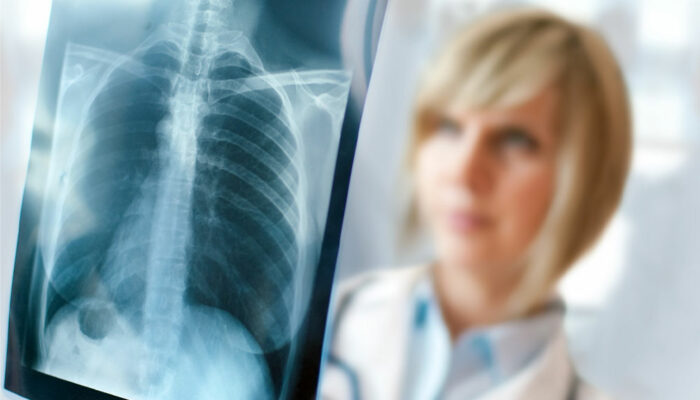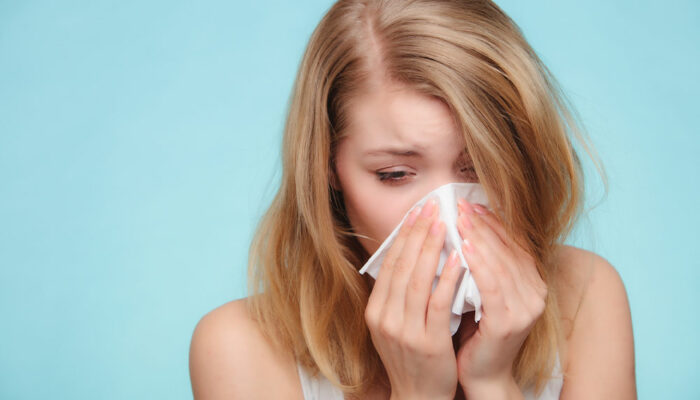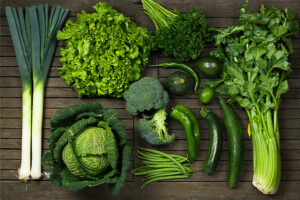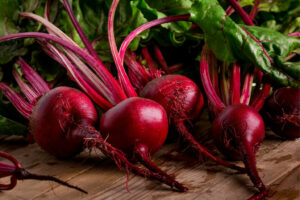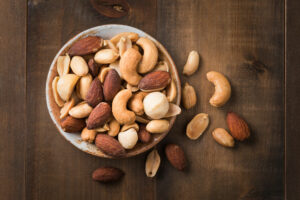
9 signs of an unhealthy gut
Our digestive system plays a crucial role in breaking down food and absorbing nutrients for producing energy. The gut, or stomach as it is called in simple terms, is where food is temporarily stored during the process. Certain harmful foods or lifestyle habits can affect the working of this organ, leading to severe complications in some people. The following are a few common signs of an unhealthy gut to look out for. Constipation or diarrhea An unhealthy gut can change the consistency and frequency of a person’s stools. Repeated cases of constipation (irregular bowel movements) or diarrhea (loose, watery stools) indicate the stomach is facing trouble processing food or experiencing microbial imbalance. Generally, people are advised to see a doctor if these symptoms last more than seven days and the frequency of passing stools rises considerably. Constipation and diarrhea can interfere with a person’s daily routine, so one should not delay visiting an expert. A lack of sleep Insomnia is a health condition where people find it hard to sleep at night. As a result, they feel tired throughout their day, which takes a toll on their productivity. A lack of sleep can result from various reasons, such as depression, anxiety, and cancer.
Read More 
